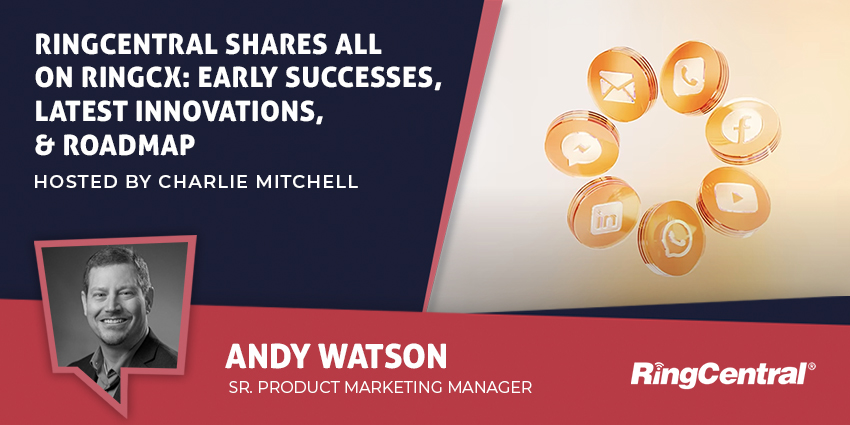Customer Satisfaction Metric 1: NPS
Net promoter score (NPS) helps you understand how likely customers are to recommend their products or services to others. It is based on a single survey question that asks customers to rate, on a scale of 0 to 10, how likely they are to recommend the company to friends or colleagues.
Based on their responses, customers are categorized into three groups:
- Promoters (score 9-10): These are highly satisfied customers who are likely to recommend the company to others and contribute positively to its growth.
- Passives (score 7-8): These customers are satisfied but may not actively promote the company. They are neutral and may be swayed by competitors or other factors.
- Detractors (score 0-6): These are unsatisfied customers who may spread negative word-of-mouth and can potentially harm the company’s reputation.
Here’s the formula for calculating NPS:
NPS = % of Promoters – % of Detractors
The score can range from -100 to +100, with higher scores indicating a higher proportion of very satisfied customers – aka loyalists.
Customer Satisfaction Metric 2: CSAT
Customer satisfaction score (CSAT) is a metric used by businesses to measure the level of satisfaction that customers have with a specific product, service, or interaction. It provides insights into how well a company is meeting customer expectations and delivering on its promises.
A CSAT survey asks the question “How satisfied are you with [product/service/interaction]?” with response options ranging from “Very satisfied” to “Very dissatisfied.” The scale used in CSAT surveys varies but commonly ranges from 1 to 5 or 1 to 10, with higher numbers indicating higher satisfaction levels.
Here is the formula to calculate CSAT:
CSAT (%) = (Number of satisfied customers / Total number of survey responses) x 100
CSAT highlights specific interactions or aspects of products/services that lead to lower satisfaction scores so you can make adjustments and improvements.
Customer Satisfaction Metric 3: CES
CES – which stands for customer effort score – is used to measure the ease of experience customers have when interacting with a company or using its products or services. The fundamental idea behind CES is that reducing customer effort leads to higher satisfaction and loyalty.
To measure CES, launch a survey that asks customers to rate their agreement with statements related to their effort levels to complete a task or resolve an issue. For example, customers may be asked to respond to statements like “The company made it easy for me to resolve my issue,” on a scale from strongly disagree to strongly agree.
Again, the scale can vary, but it typically ranges from strongly disagree to strongly agree or from 1 to 5. Then, you can calculate CES as:
The average CES = Total aggregated score provided by customers / Total number of survey responses
CES helps businesses identify areas of friction in the customer experience journey. Effortless experiences not only enhance satisfaction but also reduce the costs associated with servicing customers.
Also, reducing customer effort is strongly correlated with increased loyalty and retention, which makes this an important customer satisfaction metric.
Customer Satisfaction Metric 4: FCR
First-contact resolution (FCR) is used to measure the percentage of customer inquiries or issues that are resolved during the first interaction with customer service or support representatives, without the need for follow-up contacts. To measure it, you typically rely on contact center software.
Companies track customer interactions with their customer service or support teams across various channels such as phone, email, chat, and social media. For each customer inquiry or issue, whether it’s a question, complaint, or problem, the software records the resolution status to determine whether it was resolved during the initial contact or required subsequent interactions.
Next, you calculate FCR using this formula:
FCR (%) = (Number of inquiries resolved on first contact / Total number of inquiries received) x 100
FCR reduces the effort required by customers to resolve their inquiries or issues – i.e., the CES. Achieving high FCR rates can lead to cost savings for your company. And, customers who have positive experiences with customer service are more likely to remain loyal to the company and will continue doing business with you in the future.
Customer Satisfaction Metric 5: CLV
Customer lifetime value (CLV) represents the total net profit a company expects to earn from a customer throughout their entire relationship with the business. The more satisfied your customers are, the higher your CLV.
The metric takes into account the revenues generated from the customer’s purchases, as well as the associated costs of acquiring, serving, and retaining the customer over time. Here is the formula to measure it:
CLV = Average purchase value × Purchase frequency × Customer lifespan
CLV helps identify high-value customers who contribute the most to the company’s bottom line. It highlights the importance of acquiring and retaining profitable customers over the long term. Satisfied customers are more likely to make repeat purchases, spend more over time, and recommend the company to others, thereby increasing CLV.
These five metrics are essential for all customer-centric organizations to monitor – you simply can’t do without them. For more useful metrics, check out 40 Contact Center KPIs to Start Tracking Now. Follow us on social media for more such insights.







